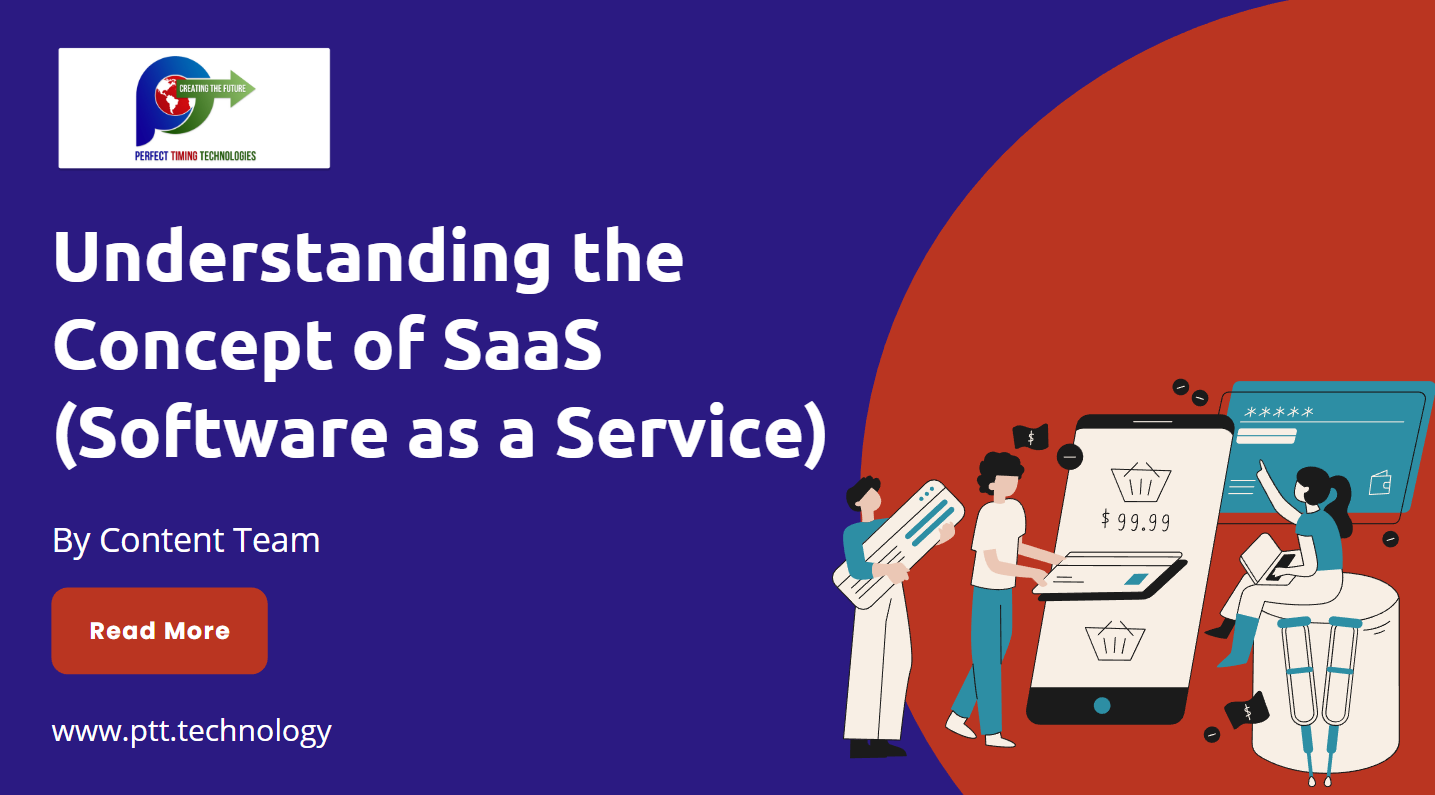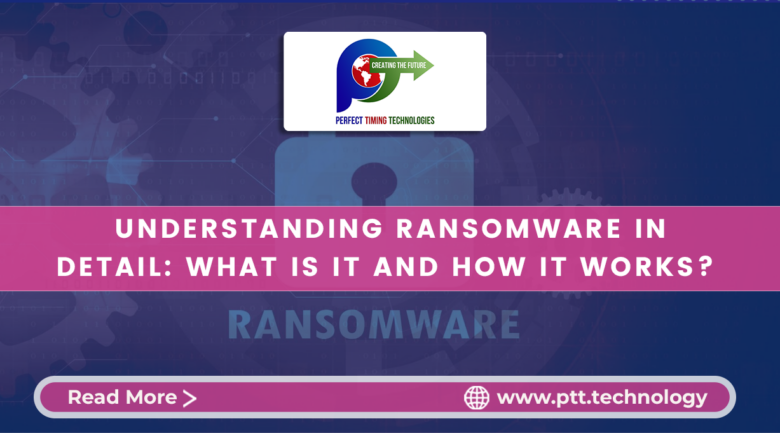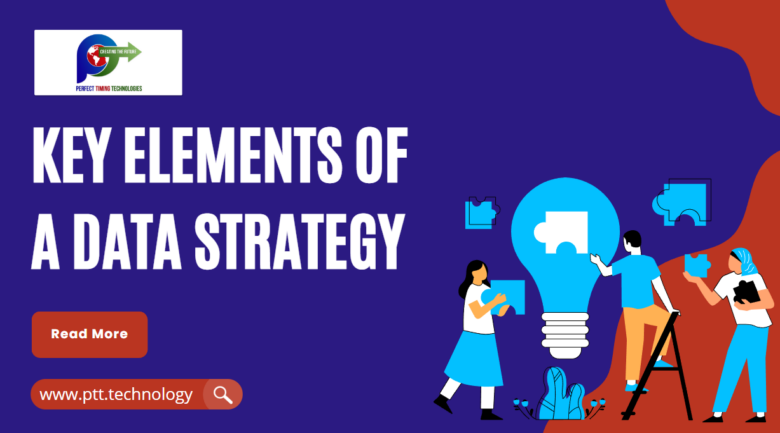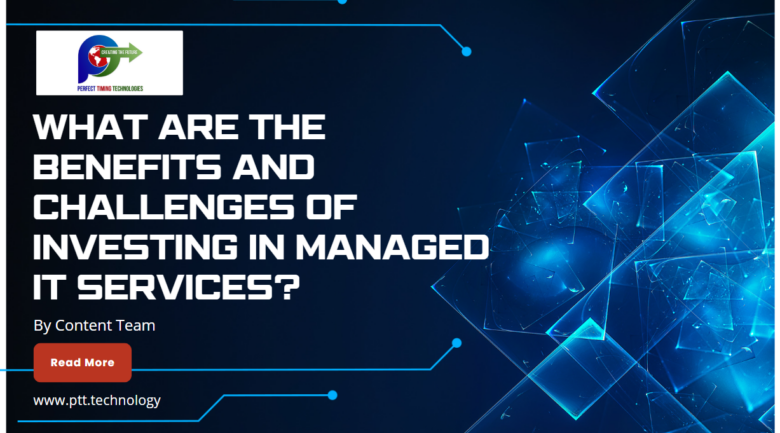
If you have just begun to explore the concept of SaaS, you are at the right place. When you come across the abbreviation SaaS, there must be questions popping up in your mind. In this article, we shall discuss the following-
- Definition of SaaS
- Characteristics of SaaS
- Benefits of SaaS
- Scope of SaaS
The Definition of SaaS
SaaS stands for Software as a Service. It refers to the delivery of various applications over the Internet as a service. A user doesn’t need to install or maintain software to access an application. One can easily access it via the Internet saving time to manage complex software or hardware systems.
SaaS applications are often referred to as web-based software, on-demand software, or hosted software because it runs on a SaaS provider’s servers. It is the provider that manages the accessibility, security, availability, and performance of the applications.
Characteristics of SaaS
Some of the key characteristics of a SaaS model are-
- Common Infrastructure: All the users and applications in the SaaS model use one common infrastructure and code base maintained centrally. Since every SaaS client uses one common infrastructure and code, they can quickly innovate and save development time previously spent in maintaining various outdated versions of the code.
- Customizable: The SaaS model enables each user to customize applications according to their business needs without affecting the common infrastructure. The application customization is unique for every company preserved through regular upgrades. This means the SaaS providers can easily upgrade whenever required without any risk to the customer or increased adoption cost.
- Better Accessibility: The SaaS applications provide better access to data across various connected devices making it easier to monitor data use and ensure convenience for users.
- Scalability: The SaaS providers handle the infrastructure and scalability to support a large number of users and make it easy for clients to add or remove users as per their needs.
- Automatic Updates: The SaaS providers look after all the maintenance needs and updates required from time to time. This ensures that customers have access to the latest version of the software when they are using it.
SaaS is one of the several cloud computing solutions to fulfill the IT needs of modern businesses. The other “as-a-service” solutions include Infrastructure as a Service(IaaS), Platform as a Service(PaaS), and Everything as a Service(XaaS). Nowadays, companies are developing SaaS integration platforms for building new SaaS applications.
The Benefits of SaaS Solutions
Modern businesses are turning to cloud-based SaaS solutions to increase efficiency and cost-effectiveness. There are many other benefits of SaaS solutions given below-
- The setup and infrastructure costs are low as there is no extra capital expenditure required. The customers have to only pay for what they need.
- The SaaS applications are easily accessible from any location. All you need is an internet connection and a laptop, PC, tablet, or mobile phone.
- SaaS gives the assurance that the software is available for use whenever needed which is difficult for in-house teams to offer.
- SaaS provides security of the highest level due to the shared nature of the service. The level of security provided is the same for all users including those who need it the most.
- The SaaS providers offer timely improvements allowing the IT departments to focus on more critical business concerns.
The Scope of SaaS in the Future
Cloud computing and SaaS have gained tremendous popularity in a short period. SaaS-related awareness and adoption have not just led to the growth of SaaS products and the rise in SaaS integration platforms such as IaaS and PaaS. Businesses will continue to outsource non-core IT needs to third-party IT service providers.
With the help of SaaS solutions, companies can leave the hardware and software IT solutions in the hands of IT firms. More and more companies are adopting ‘aaS’ solutions allowing long-term relationships with service providers.
Shortly, SaaS may take up critical business challenges such as predicting customer churn-out rates or best practices for a business.
If you are looking forward to shifting to a SaaS platform, Contact Us today.







